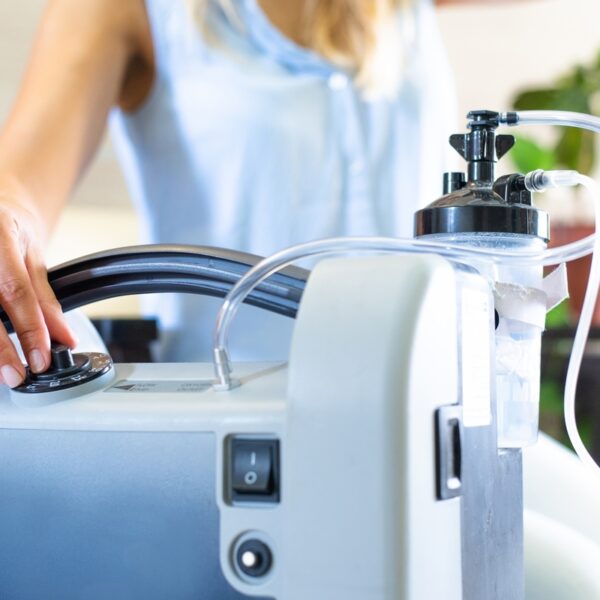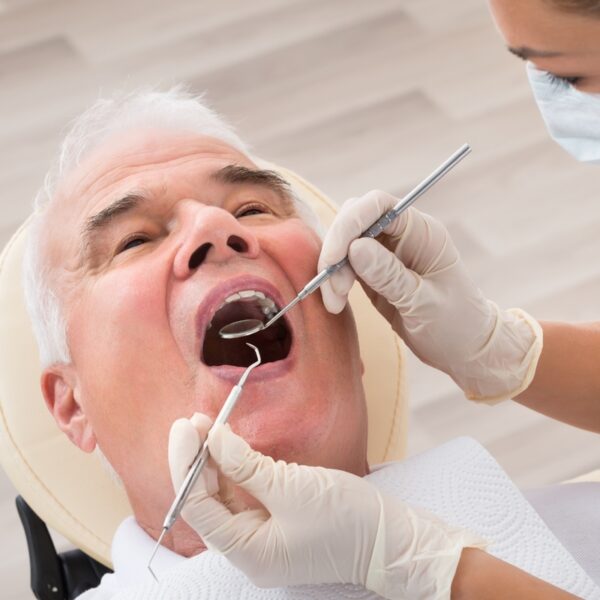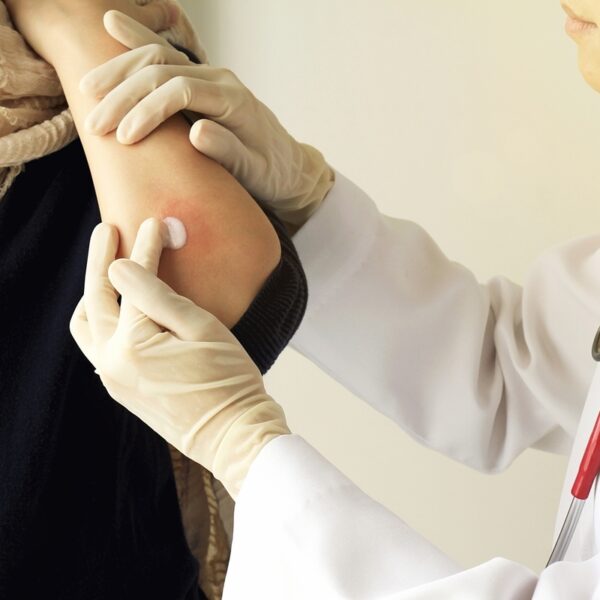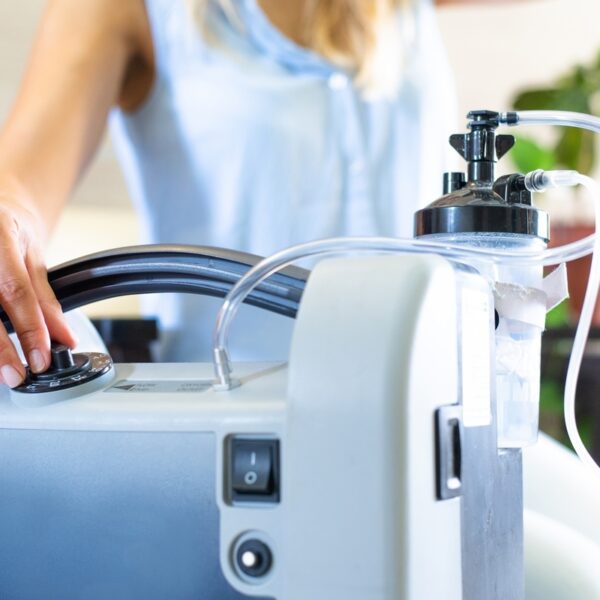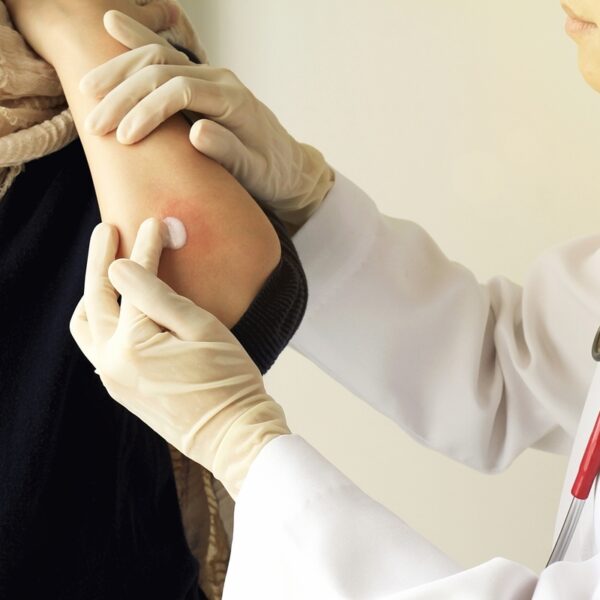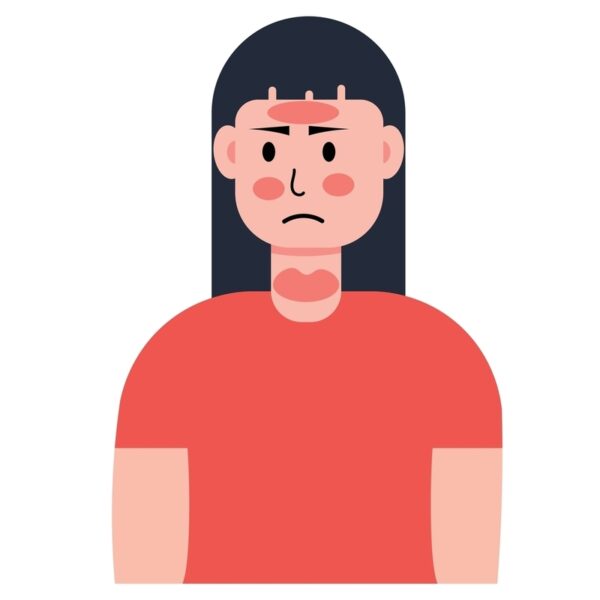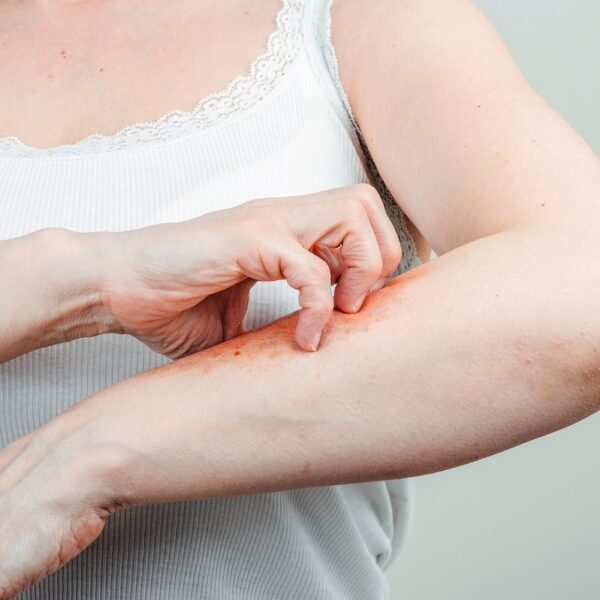
Understanding Psoriasis: A Visual Guide
Psoriasis is a chronic skin condition that affects millions of people worldwide. Characterized by red, scaly patches on the skin, it can be both physically uncomfortable and emotionally distressing. This article aims to provide a comprehensive visual guide to psoriasis, helping readers recognize its various forms and understand its impact. Psoriasis manifests in several distinct types, each with unique visual characteristics. The most common type is plaque psoriasis, which appears as raised, red patches covered with a silvery white buildup of dead skin cells. These patches, or plaques, often occur on the elbows, knees, scalp, and lower back, but they can appear anywhere on the body. Guttate psoriasis is another form, typically affecting children and young adults. It is characterized by small, dot-like lesions that can cover large areas of the body. This type often follows a bacterial infection, such as strep throat. Inverse psoriasis appears as bright red, shiny lesions that develop in skin folds, such as under the breasts, in the groin, or around the buttocks. This type is often aggravated by friction and sweating. Pustular psoriasis is a more severe form, presenting as white pustules surrounded by red skin. These pustules are filled with non-infectious pus and can occur on any part of the body, but they are most common on the hands and feet.



